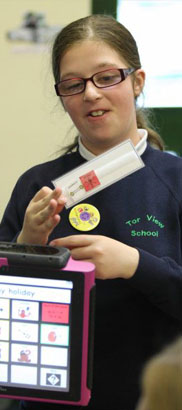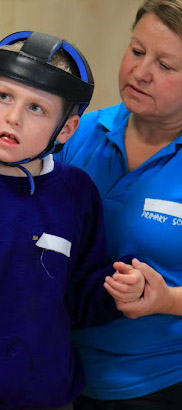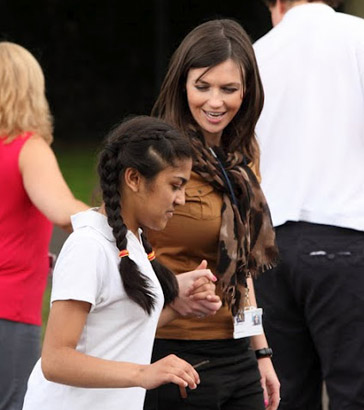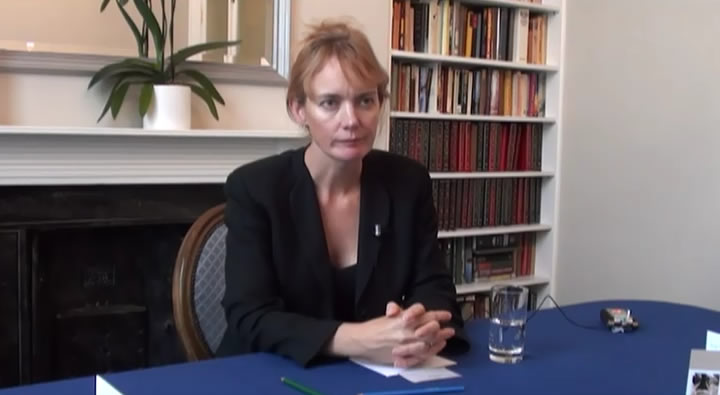the brain

Neuroscientists use several techniques to study the brain, including:
- Electrophysiology – involves recordings from single neurons in the brains of animals performing a particular task – this is an invasive technique that is not suitable for use with humans
- Electroencephalography (EEG) – this measures electrical activity arising from the brain – recordings are made with electrodes placed on the skull
- Magnetoencephalography (MEG) – this measures magnetic activity arising from the brain – recordings are made with electrodes placed on the skull, and
- Positron emission topography (PET) and functional magnetic resonance imaging (fMRI) – brain imaging techniques that detect changes in blood flow in the brain, which is an indicator of brain activity – recordings are made in brain scanners.

Thanks to the development of imaging and other technologies,
neuroscientists can now look inside the live brain and gain new knowledge about its structure and functions. Some of this
research is already revealing clues to help guide the decisions and practices of educators working with students who have
special needs
Sousa, 2007

Neuroscience has begun to shed light on the mental processes involved in learning and is producing new insights that have the potential to help school staff and others concerned with education to understand teaching and learning in new ways.

Education is concerned with enhancing learning and neuroscience
is concerned with understanding the mechanisms of learning. It seems only logical that the one should inform the other.
Professor Uta Frith, 2011
Until recently, neuroscientists and people working in schools did not spend much time talking to each other, yet neuroscientists are gaining new insights about how children learn and teachers are concerned with improving pupils' ability to learn.
In this clip, Charlotte Parkhouse, a speech and language therapist, talks about how working closely with neuroscientists might help her to understand more about the neurological basis of her observations relating to a child with autism.
Now listen to this clip in which Francesca Happé, Professor of Cognitive Neuroscience at the Institute of Psychiatry explains how neuroscience can inform teaching.

Find out how you can keep up to date with developments in neuroscience that might inform policy and practice in your school.
One way is to join a professional association, such as Nasen.
You can also ask visiting professionals such as paediatricians and psychologists. They are expected to keep up to date so they can maintain their professional registration.
The following websites might also be helpful:
There is wide variation in learning ability and disability.
Some children:
- Struggle to learn in all areas of learning, while others
- Have specific difficulties, eg with language, literacy, numeracy or self-control.
Current work in neuroscience is directed toward identifying the neurological basis of learning difficulties, which may have implications for:
- Identification and diagnosis, and
- Designing interventions to overcome or circumvent the learning difficulties.
For those with complex learning difficulties, improved understanding of the cognitive and neurological aspects of a condition can help to make education more effective.

Identifying a neurological basis for a learning disability does not imply taking a medical approach to education in which identified conditions are 'fixed' by a range of specialists.
Rather, neuroscience can help educators to identify the specific barriers to learning for particular children and find alternative approaches.

Evidence from neuroscience can help to inform personalised provision for children with neurological conditions at several levels:
- Policy
- Attitudes
- Teaching approaches and other school procedures, and
- Barriers in the environment.

Blakemore, S. and Frith, U. (2005) The Learning Brain: lessons for education, Blackwell Publishing.
Geake, J. (2009) The Brain at School, Educational Neuroscience in the classroom. Open University Press.
Sousa, D. (2007) How the Special Needs Brain Learns. Crown Press/Sage, CA USA.

